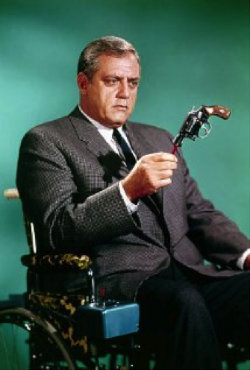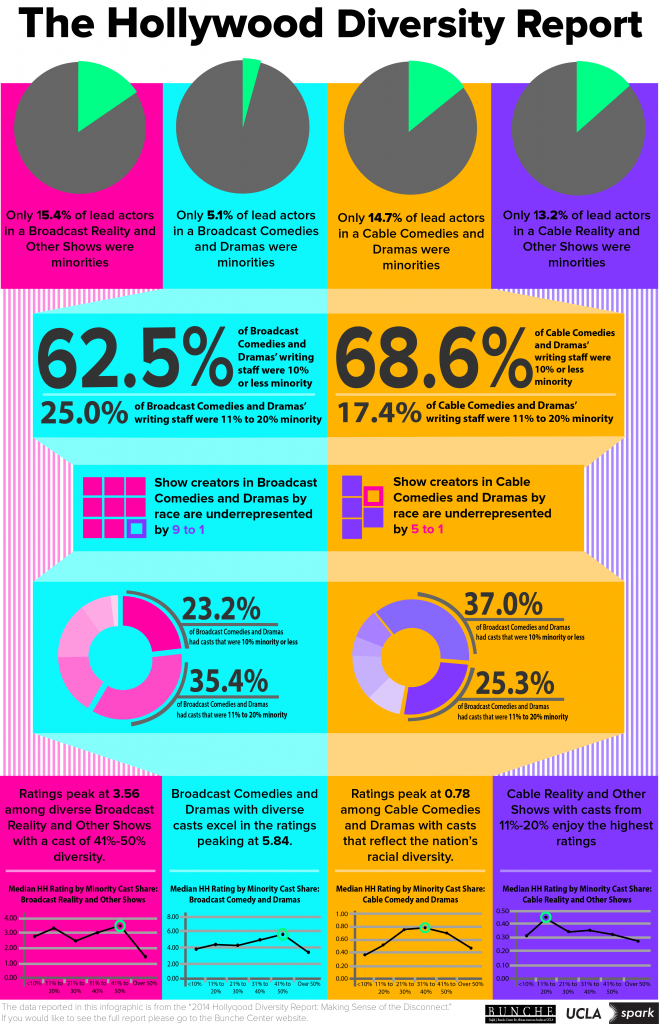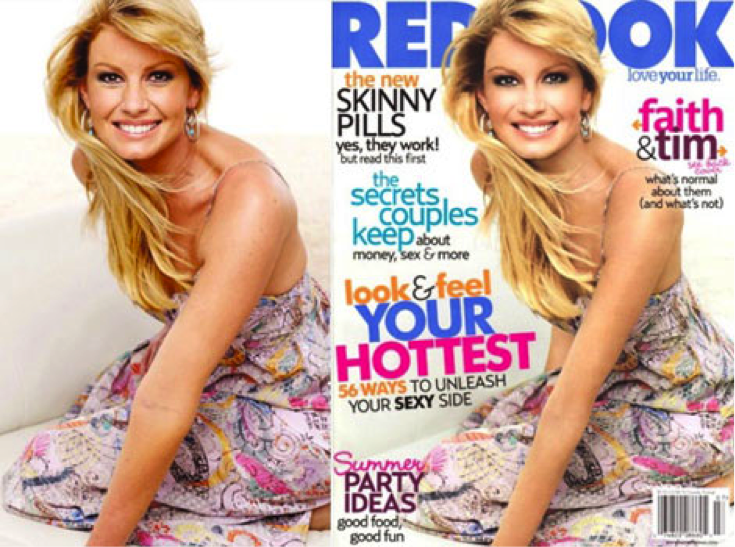What’s Missing from That Media Message?
 By Frank W. Baker
By Frank W. Baker
I was prompted to write about this topic after I was quoted in a news story about the recent move by some advertisers to include persons with disabilities and same-sex couples in their marketing messages.
It seems, with the holidays upon us, that some larger companies have decided it’s a good idea to acknowledge these underrepresented groups as members of our society. But I wondered: what took them so long?
Advertisers who do include underrepresented groups in their messages are hoping to appear more inclusive, not exclusive. At the same time, the increasing visibility of these groups may help more people come to accept them as “normal.” It’s clearly a business decision by companies: they’re hoping that including these groups will also increase their bottom line.
Years ago, I asked my media literacy workshop audiences if they could name a major character in prime time TV who was confined to a wheelchair. At the time I could only think of one: Raymond Burr who played the detective “Ironside.” More recently, the character Artie from the hit show “Glee” used a wheelchair. But outside of these two examples, we’d be hard-pressed to name others.
Many minority groups regularly call on the media to be more inclusive. The news/journalism community is constantly being urged to include more minority reporters on their staffs and to address more issues that directly relate to underrepresented groups.
Most recently, the Hollywood production community has come under criticism for its lack of diversity among those individuals both in front of and behind the cameras. Actress Geena Davis now spearheads a campaign to increase the visibility of females in both TV and film. And the Ralph Bunche Center for African American Studies at UCLA published a revealing 2014 Hollywood Diversity Report (click to enlarge):
The Importance of Seeing ‘Me’ in Media
The problem becomes: what if I don’t see me in media? Young people today look for individuals like themselves in their media. Seeing the “me” in media impacts their self-esteem and their self-confidence. If they don’t see themselves reflected in their media, it may send a message that they’re not important.
Since all of my workshops include “media literacy” and close reading of media texts, this topic – who or what is omitted and why – is quintessential. Media literacy involves critical thinking and critical inquiry and most of all, asking questions. Questions to be considered include: who created the message; who is the audience; what techniques do producers use to get my attention; AND what is omitted and why?
That last question is one many of us, and our students, never consider. And that’s unfortunate, because what you don’t see, read, or hear might just be as important as what you do. (Why do you think car advertisers omit the miles per gallon or the price; why do pizza makers not reveal how much sodium in one slice; why do car insurance ads not reveal their annual rates?)
Thinking about such omissions, I recently created a page on my Media Literacy Clearinghouse website entitled What You See and What You Don’t. I divided the web page into sections that include pop culture, the news, politics, advertising and more. Here are a few examples:
In 1945, landscape photographer Ansel Adams snapped a photo of the Mt. Williamson mountain range in California. It’s an impressive image—with the sun shooting down from the clouds. It is a truly beautiful photograph. But, as I like to remind my audiences, every photo has a story behind it. How many of us take the time to ask: what else is going on; what’s outside the frame?
The detail that is revealing here is: Adams was standing inside a Japanese-American Internment Camp when he snapped this picture. The internees were allowed outside the gates once a day to gather small rocks for their gardens. Does knowing that change the way you feel about the image?
A popular celebrity is featured on the cover of a magazine. She appears perfect. But what most of us never consider is: what was done in the hours leading up to the shoot (lighting, makeup, etc.) and the hours after it (e.g. Photoshop), to make her look flawless? Today, there are many websites and blogs (Huffington Post is one) which take pride in showing audiences what that celebrity looked like before and after the use of digital alteration software (to do things like shrink arms and soften skin blemishes).
These are just two examples, but there are hundreds. Everyday media messages pass through our radar screens, and unfortunately many of us don’t take the time to stop and consider: who sent this message and why am I seeing this or what might they not want me to know?
Many of us see only the final media product: a magazine, TV show, movie, videogame, etc. We don’t often learn how it was made. But that’s changing. Every media production involves many behind-the-scenes decisions and techniques that we’re often not privileged to experience. That’s why engaging young people in media production is so advantageous – it demonstrates the importance of process, collaboration, design and technique that go into a final production.
Ask your students if they know how this was made; what do I see and what do I not see and why? The more students begin to appreciate that a production might leave something critical on the cutting room floor – whether it’s underrepresented groups, important information, or physical imperfections – the sooner they’ll start down the road to becoming truly media literate, 21st century producers and learners.
Frank W. Baker is a media literacy education consultant and the author of three books, including Media Literacy in the K-12 Classroom (ISTE, 2012). He contributed two chapters to Mastering Media Literacy (Solution Tree, 2014). He is a recipient of the National Telemedia Council‘s annual Jessie McCanse Award given for individual contributions to the field of media literacy over at least 10 years. Follow him on Twitter @fbaker and visit his resource-rich website Media Literacy Clearinghouse.






































